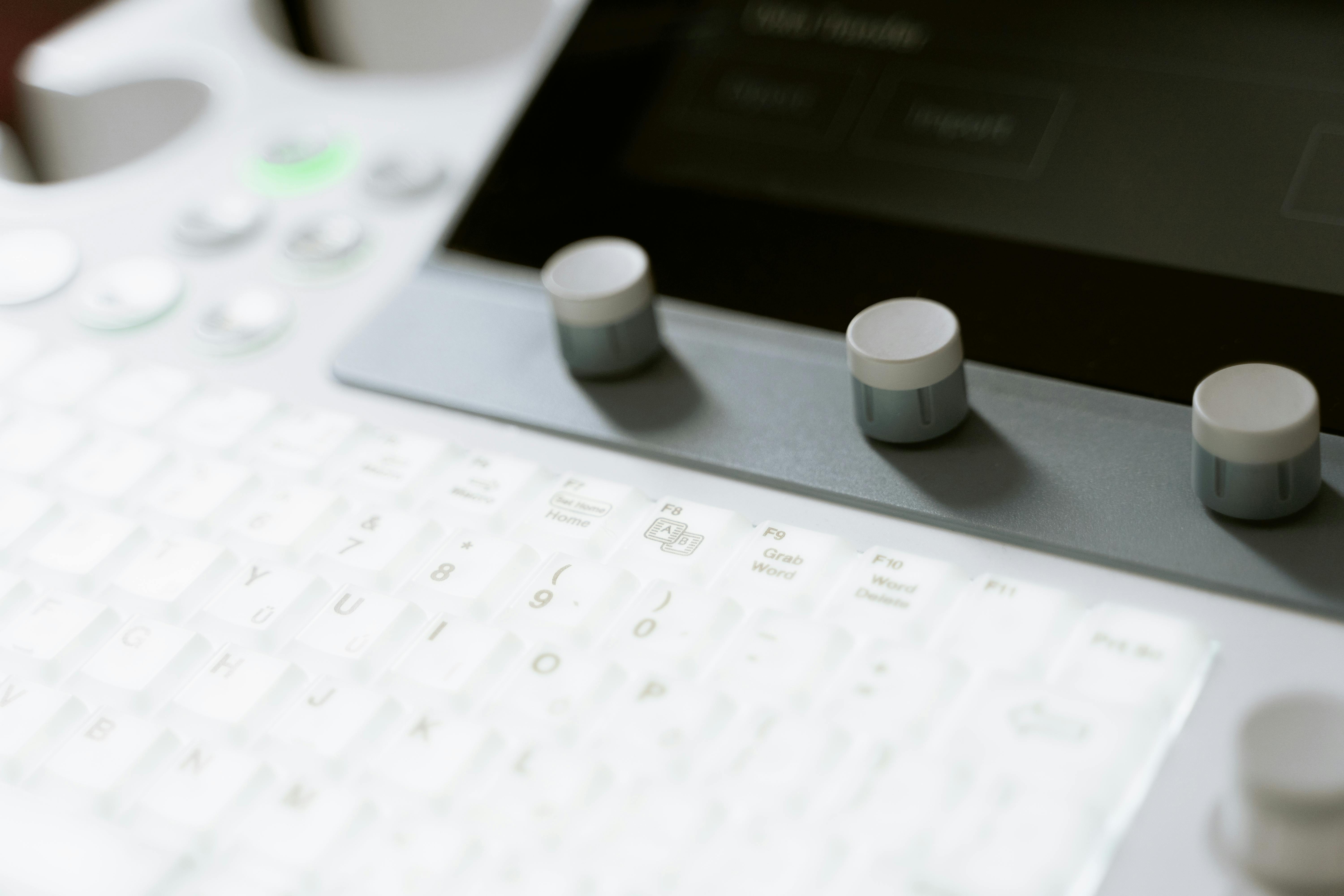We list the essentials for those adjusting to a new prosthesis:
1) The patient should stand up straight, and his waist and knee should be straight. The patient should not have the sensation of leaning forward or backward.
2) The origin of the force in the load body must be uniformly distributed. This means that after the prosthesis is placed, the area of the knee at the mouth of the prosthetic socket, including the bottom of the prosthesis, should not have obvious pain in any area, even if it is rubbed red, even if there is a small amount of bread, it should be evenly distributed.
3) Testing the side of the ankle: Rock it back and forth several times while standing with the prosthesis stable as an abutment. If you have a free range of forward motion, this is essential for going up and down stairs, as well as going up and down hills.
4) Gait depends mainly on the knee. However, if the residual limb is long, it sways along with the prosthesis, this will make the gait more stable and natural.
5) Pay attention to the heel level. When changing shoes, the patient should try to maintain the initial height of the prosthetic device. If you don’t master the self-adjustment techniques to your artificial limb, don’t easily change the heel level.
Visual methods: After putting on shoes, the patient stands at an angle of 90 degrees. The prosthesis should extend slightly forward, that is, the degree between the leg and the foot should be about 80 degrees. This is more suitable for starting to walk.
Heel adjustment method: If the heel is low, the body will always feel as if it is moving backwards. Walking and standing for a long time stretches your knee too much and you will feel pain after walking a long distance. At this time, it is convenient to thicken the heel with some thick moleskin (cut it into half circles about the size of the middle of the heel. You can use AB glue to make sure it sticks firmly and effectively). If the heel is high, the body’s center of gravity will always involuntarily move forward. The knee obviously cannot be held straight. At this time, the patient should change their shoes for ones with a lower heel.
Also, the first suggestion is to select a slightly larger size shoe that is easy to put on and take off. The second is that you should put more emphasis on choosing a shoe with a firm and wear-resistant sole. The part of a prosthesis most susceptible to wear and tear is the sole of the shoe, while the upper of the shoe is very durable.
Special Reminder:
All new prostheses are like when you buy new shoes. They are initially very hard, not particularly soft, and require seating. When you switch to a new prosthesis, you obviously feel that the old one is better and easier to put on and take off. So remember:
Don’t wear a new prosthesis to travel (except for new prosthetic limbs, of course). This is because the residual limb will change slightly over the course of several years (artificial limbs have a life cycle). The old prosthesis and the new one will have a certain degree of difference. Therefore, it cannot be immediately adapted to the new prosthesis. Once you leave home, when you feel there is some discomfort (such as a painful rubbing), there is no way around it, you will have to live with this pain until your residual limb adjusts to the new prosthesis.
Tips:
After installation of the initial prosthesis, the residual limb will atrophy quite quickly (especially if it is a recent amputation). Therefore, the patient must replace the first prosthesis within one or two years. It will reduce the financial burden on the patient if, when installing the second prosthesis, he can consider replacing only the upper half of the prosthetic socket. This will help keep as much of the parts other than the prosthetic socket as possible. This will save a lot of money.
Three years later, the residual limb will become essentially fixed and unalterable. The progression of atrophy will also be relatively slow, while the residual limb will change only slightly.
Adults with moderate daily activity (excluding growing children and adolescents along with heavy workers) can wear a prosthesis for 3 to 5 years without any problem.
In general, after the initial adjustment stage, the patient has already become accustomed to the prosthesis. There should be no pain or discomfort during a long walk. Therefore, it is possible to naturally maintain a correct gait. In other words, the best situation is if the body shakes as little as possible while the patient walks.
